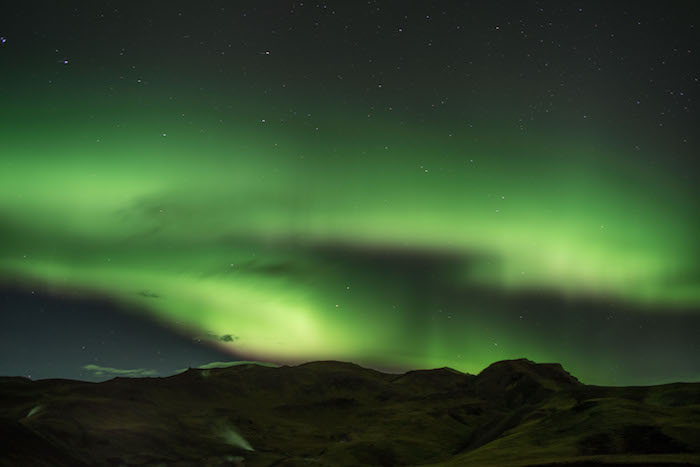The Northern lights, also known as the aurora borealis, are a distinctive way for the Earth to display its beauty. The beautiful dancing waves occur when electrically charged gaseous particles from the sun enter the Earth’s atmosphere and collide. The color variations are caused by the type of gas particles that collide, ranging from shades of green to red and blue.
According to research conducted since the 1950s, electrons and protons from the sun blow towards the Earth on the ‘solar wind.’ This action creates the connection between The Northern Lights and sunspot activity.
If you’re ready to pack your bags and witness this beauty of nature beyond photographs, here are some tips to make the most of your experience.
Use an Expedition Team to see the Northern Lights
A professional expedition team knows the best time and places to observe the Northern Lights. Many expedition teams offer cruises that allow travelers to witness remote landscapes, rich wildlife, and a unique display of the dancing lights. You can witness the Northern Lights on an Iceland cruise tour if the expedition team you choose is able to curate a trip that offers a detailed itinerary.
Express your interest in the Northern Lights to allow your Polar travel advisors to create a plan for you. If you’re looking to focus on various activities, an expedition can recommend a trip based on your individual needs and interests.
Choose the Right Location for Northern Lights Viewing
The Northern Lights usually appear at 60 and 75 degrees of latitude, and since Iceland sits at a latitude of approximately 64 degrees north, it is the best location to observe the lights. But, it can also be visible from other regions close to the Arctic circle, such as Alaska, Canada, Greenland, Norway, Sweden and Finland.
According to the National Centers for Environmental Information, when geomagnetic activity is very high, you may be able to witness the aurora at much lower latitudes around Earth that would otherwise rarely experience these polar lights. Although the lights are visible from many locations, it is crucial to plan your trip based on the visibility of the location if your primary goal is to witness the lights.
Pick Your Timing Wisely to see the Northern Lights
Choosing the right time to view the Northern Lights plays a crucial role in your experience. Although it can be challenging to predict the level of light action as it depends on solar activity, certain timings are more ideal than others.
The best time to see the Northern Lights is between November and March. However, the lights are also visible during other times, such as September and October. You can choose the timing based on your schedule and tolerance of the cold.
One of the most challenging aspects of solar physics is that you cannot predict precisely when a show may occur. Following the tips above will allow you to pick the best time and place to increase your chances of witnessing the spectacular magnetic storm.







